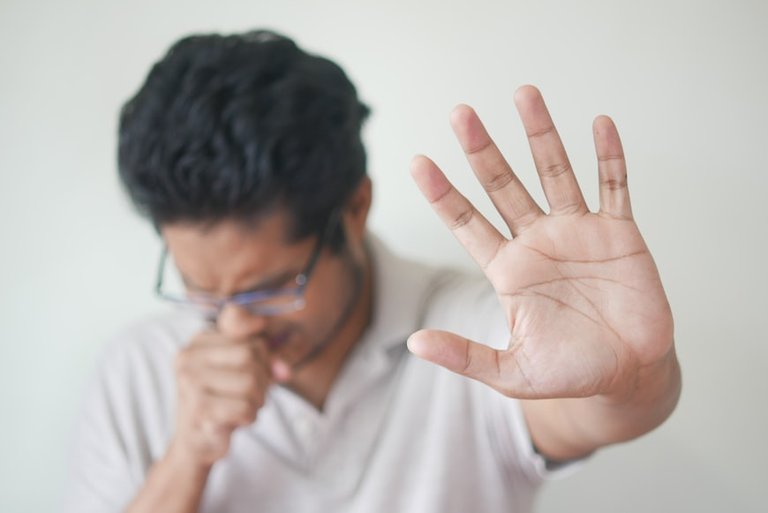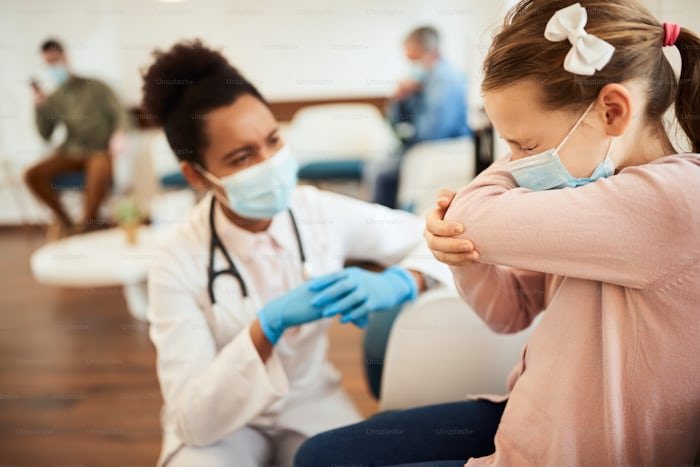Health is Wealth and staying healthy and free from all forms of illnesses is an integral aspect of Wellbeing and self care.
Self care can not be complete if taking proper care of our health, maintaining proper personal and environmental hygiene, and avoiding exposure to certain bacteria causing disease is excluded.
So I wrote my Medical surgical Nursing Exams today, and one of the questions asked was to briefly discuss and health Educate My Patient about Pulmonary Tuberculosis.
Tuberculosis (TB) is a global health concern, affecting millions worldwide including individuals, communities and the economies round the world
Tuberculosis is an infectious disease that primarily affects the lungs but can invade other body systems. It was discovered by Robert Koch in 1882 and it is a reportable or notifiable disease.
Tuberculosis is caused by an organism known as mycobacterium tuberculosis which is primarily transmitted through respiratory droplets. It is inhaled and implanted on the alveolar surface. Incubation period is between 1-3 months and depending on the individual's immunity, the organism may remain dormant for a very long time.

Now you might Just want to know How Pulmonary Tuberculosis works.
We have that an individual is exposed to the causative organism when an infected person coughs or sneezes, spreading the infected droplets. When the droplets are inhaled , bacilli are deposited in the Lungs.
Now the Immune system responds by sending leukocytes to the site of infection and inflammation results. After a few days, leukocytes are replaced by macrophages. Bacilli are then ingested by the macrophages and carried off by the Lymphatics to the lymph nodes. Macrophages that ingest the bacilli fuse to form epithelioid cell tubercles, tiny nodules surrounded by lymphocytes. Scar tissue forms encapsulating the tubercle. The organism may or may not be killed in the process depending on the Person's Resistance. If the organism is encapsulated and inactivated by the Person's Resistance it's residence is termed primary focus.
Now a severe drop in the Person's immunity results in the reactivation of the organism, leading to the infection contaminating the surrounding tissue which may spread through the blood and lymphatic circulation to the distant sites. This Process is called Hematogenous dissemination and blood supply to the affected area is impaired leading to necrosis.
Pulmonary Tuberculosis impairs respiration causing dyspnea. The swelling and oedema that results from the inflammatory process will cause irritation, chest pains and cough. The Person's cough may be stained with Blood(hemoptysis) if the blood vessels around the lungs are ruptured. The process results in the formation of cavities called cavitation. The Infection process results in pyrexia, sweating, weight loss and malaise.
So people with pulmonary tuberculosis might come up with symptoms like appetite loss, fatigue (those ones occur in the CNS), chest pain, coughing of blood that is if the cough is productive you might see some stains of blood in the cough (it's actually known as hemoptysis) then we also have prolonged cough then for this skin like night sweat, Pallor.
Clinical manifestations of pulmonary tuberculosis include fatigue, anorexia, weight loss, chest pain, night sweats, fever, cough, hemoptysis, dyspnea, elevated pulse rate.
The goal of medically treating or managing tuberculosis is to reduce or stop the spread and the effect of the organisms from damaging the lungs also the medical management of tuberculosis decreases the development of the resistance bacteria now I'm treating tuberculosis takes longer than a normal or other bacterial infections so these drugs that taking for at least six to 9 months depending on the age of the person the overall health the possible drug with distance the form of the tuberculosis to because this could be in the dormant or in the active form and also I depending on the location of the body.
Surgical interventions could also be taken in multi drug resistant tuberculosis and these Surgical interventions include lobectomy or pneumonectomy and the aim is to cut out the infected tissue.
A tuberculosis patient is admitted in a normal ward but respiratory isolation is maintained to prevent spread of the infection and the patient is encouraged to take adequate rest to conserve energy and avoid excessive fatigue.
Nutrition is important as a balanced diet is required including high calorie, protein, vitamins and minerals to boost the immune system and facilitate healing of the injured lung tissues.

It is also vital to monitor breath sounds, lungs rate,dyspnea and sputum production. These breath sounds can be monitored by auscultation of the lungs.
Patients with tuberculosis are isolated away from visitors except for the use of masks and also patients are encouraged to cover their mouth and nose when sneezing or coughing and also equations are being discarded in a plastic bag.
Factors that might exposed one to Tuberculosis includes:
HIV/AIDS
Smoking
Age
Malnutrition
Poverty
Traveling (especially to endemic regions)
Like I said at the beginning of the post, the ways you can avoid Pulmonary Tuberculosis includes
Staying far away from the Pathogen, and this can be done by:
Covering your nose while sneezing
Avoid contact with a TB patient
Use a Nose mask if Visit to a TB patient is Mandatory.
Maintain good personal and environmental hygiene
Immunization.
